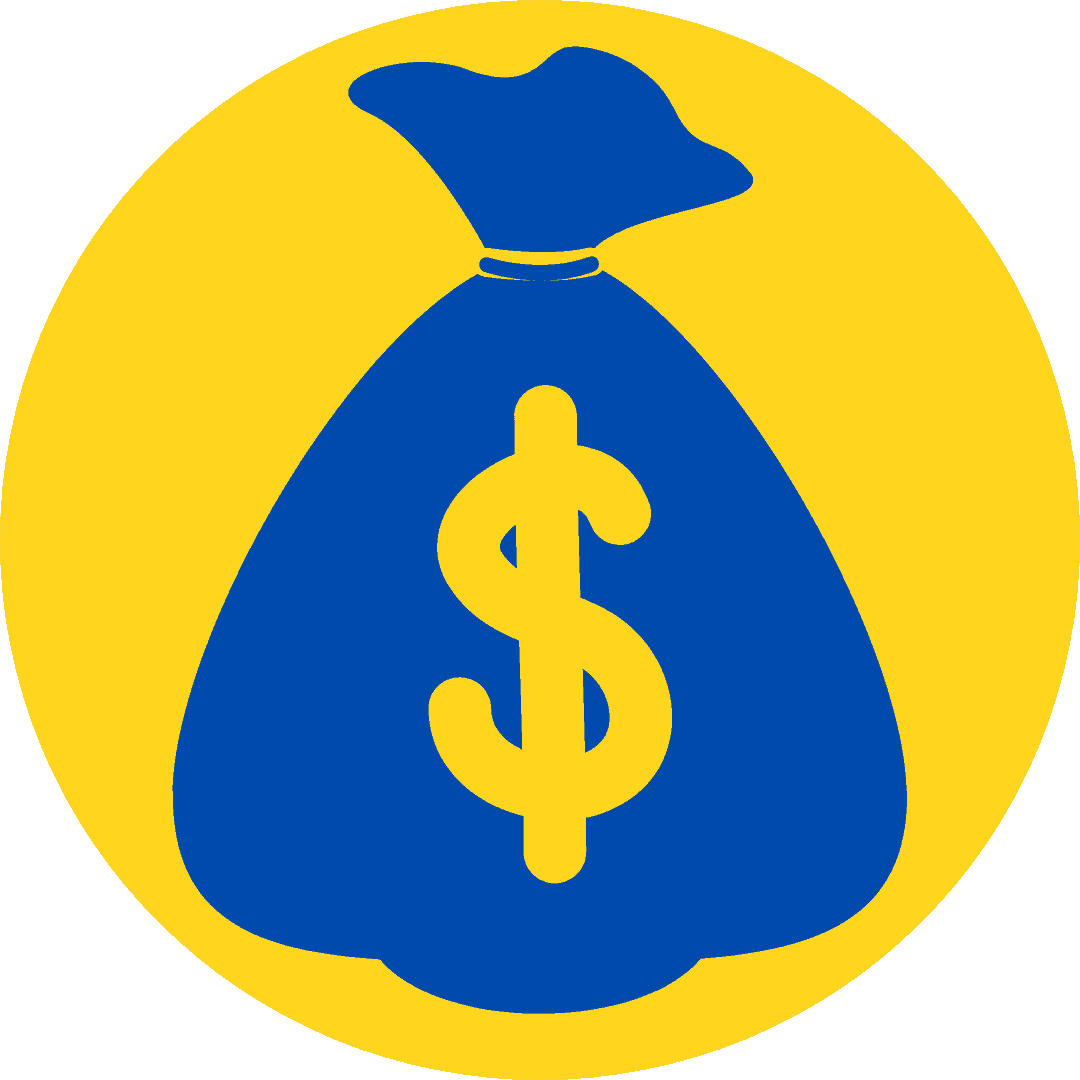Mastering high-ticket sales often hinges on one crucial element: pricing strategy. Many businesses shy away from raising prices due to fear of losing clients or seeming overpriced. However, the secret to high-ticket sales is embracing the challenge and understanding the true value your services or products offer. This guide explores why increasing your prices can be beneficial and how to do it effectively, using real-world examples and actionable strategies.
1. Understanding the Price Objection
A common mistake in high-ticket sales is underestimating the importance of price perception. Often, clients’ concerns about high prices reflect their perception of value rather than the actual cost. To overcome this objection, start by asking probing questions to uncover the root of their concerns. Questions like, “Can you share more about your budget constraints?” or “What specific aspects of the price are concerning you?” can help you tailor your approach.
Active listening plays a crucial role here. By genuinely understanding their concerns, you can address them more effectively and reassure clients of the value your offering brings.
2. Reframing Value
To counteract price objections, you need to clearly communicate the value your product or service delivers. Start by quantifying the benefits. For instance, if your service saves time, calculate the monetary value of the time saved. If it increases revenue, provide concrete projections. This approach helps clients see beyond the initial cost and understand the long-term benefits.
Emphasize the desired outcomes that your offering helps clients achieve. Align your product with their goals and demonstrate how it solves their specific problems. Highlighting unique selling points (USPs) that differentiate your offering from competitors can also reinforce its value.
3. The Power of Practice
A powerful lesson comes from the story of Alex, a young graphic designer who initially charged $500 for a website. His mentor, Jordan, encouraged him to double his price to $1,000. Despite initial hesitation, Alex practiced presenting this new price and found that it wasn’t harder to sell at the higher price. This confidence led to further price increases, eventually reaching $5,000 per website. Alex’s experience underscores the importance of practice and confidence in high-ticket sales.
4. Incremental Price Increases
When raising prices, consider incremental increases rather than drastic jumps. Start with a modest increase, practice articulating this new price confidently, and observe how your clients respond. Once you’re comfortable, gradually increase your prices further. This strategy helps clients adjust to the changes and allows you to gauge the impact of each price increase.
5. Building Perceived Value
Creating a strong perceived value is essential for high-ticket sales. This involves not only showcasing the unique features and benefits of your product but also delivering an exceptional customer experience. Utilize case studies and testimonials to illustrate the real-world impact of your offering. Demonstrating success stories can significantly enhance the perceived value and justify higher prices.
6. The Role of Client Referrals
Client referrals can play a significant role in validating your pricing strategy. When existing clients refer new customers, it often indicates satisfaction with your services and the value they perceive. Leveraging these referrals can help build credibility and reinforce the justification for higher prices.
7. Embracing Value-Based Pricing
Adopting a value-based pricing model rather than a cost-plus model can be more effective in high-ticket sales. Value-based pricing focuses on the benefits and results your product or service delivers rather than just the costs involved. This approach aligns your pricing with the value perceived by clients and can lead to higher sales and better client satisfaction.
8. Handling Price Objections Effectively
When clients raise concerns about high prices, address them by reinforcing the value and benefits of your offering. Provide detailed explanations, use case studies, and offer flexible payment options if necessary. A well-articulated response can help shift the focus from the price to the value and results your product provides.
9. Continuous Improvement
Constantly refine your pricing strategy based on feedback and performance. Analyze client responses to price changes, track the effectiveness of your sales techniques, and adjust your approach as needed. Continuous improvement helps ensure that your pricing remains aligned with market conditions and client expectations.
10. The Mindset Shift
Ultimately, a successful high-ticket sales strategy requires a shift in mindset. Embrace the belief that your offering is worth the price you’re charging. Confidence in your product’s value and the ability to effectively communicate this value to clients are key to overcoming objections and achieving higher sales.
By understanding these principles and applying them to your high-ticket sales strategy, you can confidently raise your prices, enhance perceived value, and drive business growth. Practice, persistence, and a focus on delivering exceptional value will help you achieve success in high-ticket sales and build a thriving business.



